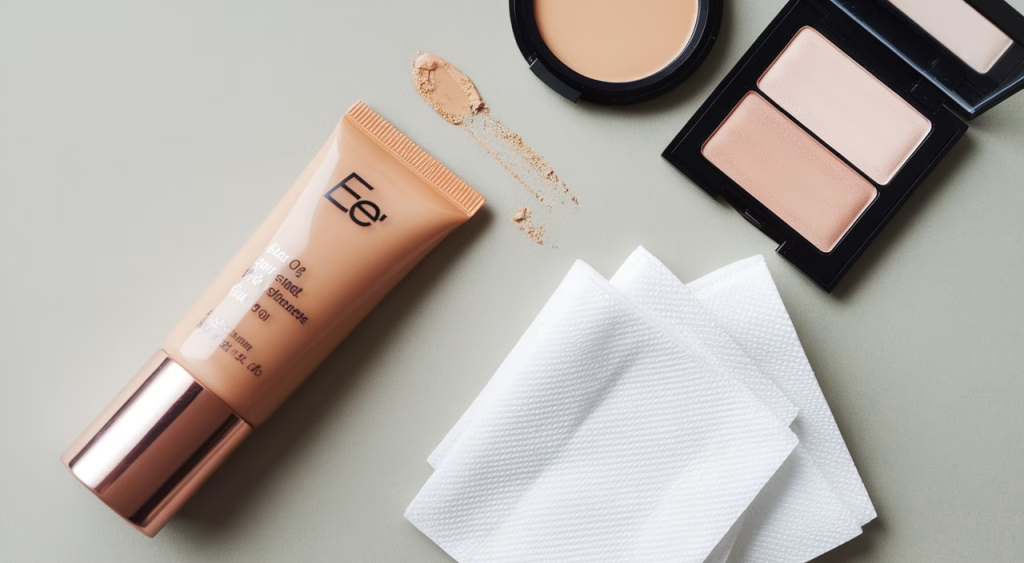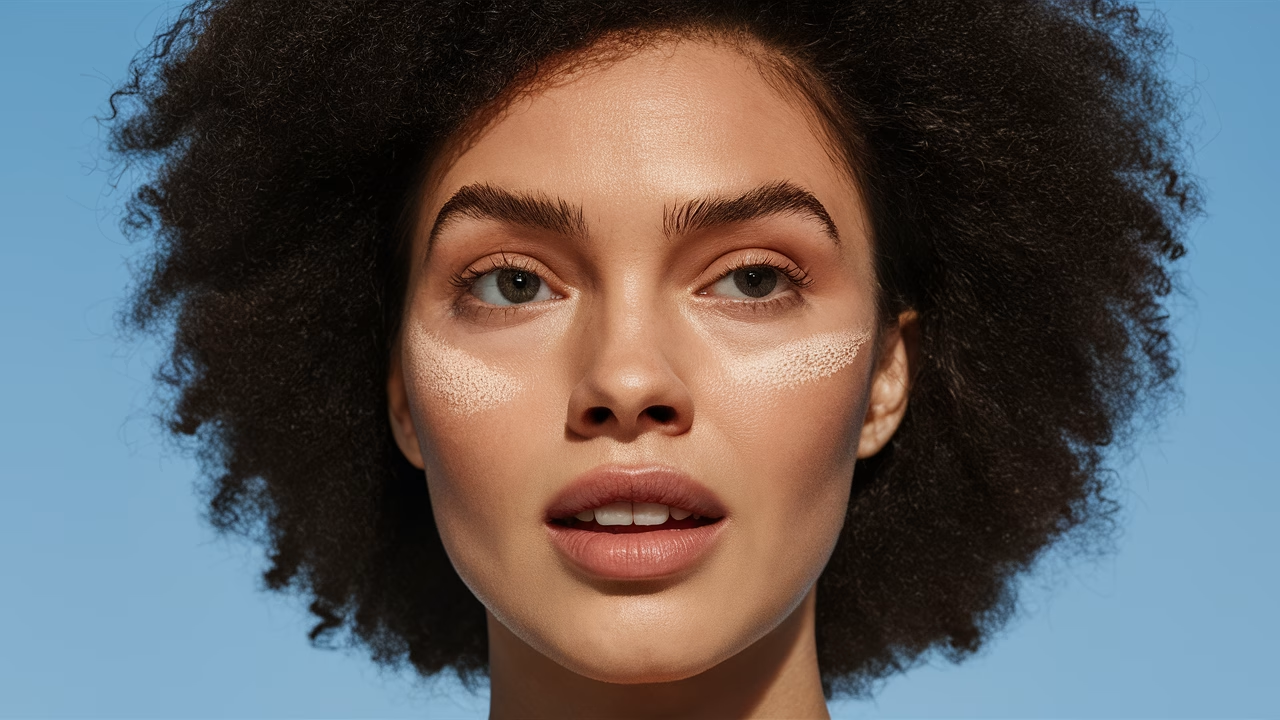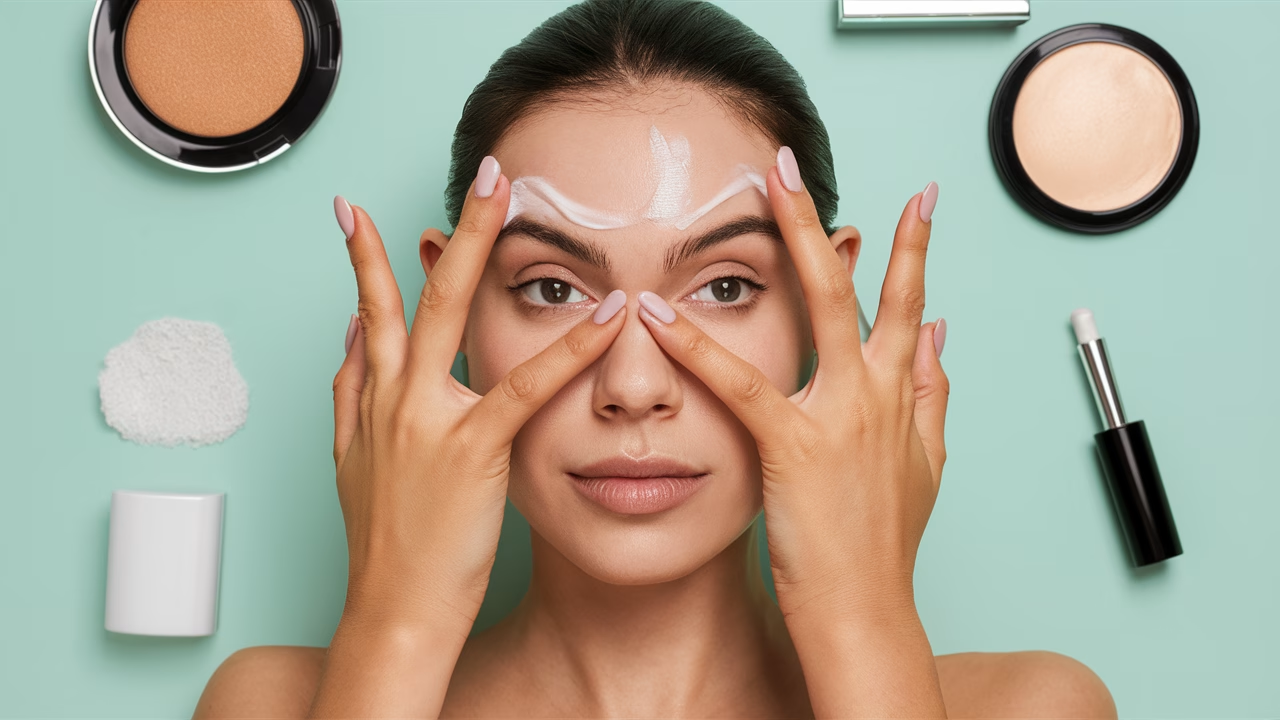What Are the Best Primers for Oily Skin?
If you deal with excess shine, makeup sliding off your face, or visible pores threatening your flawless finish, finding the best primer for oily skin can feel like searching for a unicorn. But luckily, long-lasting primers that truly control oil and keep your makeup intact do exist—and we’re breaking down the top tried-and-tested options for you right here.
TL;DR: Best Primers for Oily Skin
- Long-lasting formulas are key—look for 8+ hour claims and user reviews.
- Matte finish primers prevent midday shine and blur texture.
- Oil-free and non-comedogenic are crucial for acne-prone skin.
- Choose silicone-based blends for smoothing large pores and gripping makeup.
- User-friendly application techniques can extend your wear time even more.
Best Primers for Oily Skin: Key Considerations
Choosing the perfect makeup primer when you have oily skin isn’t just about finding what’s trending—it’s about chemistry and skin behavior. Ever feel like your foundation melts off within hours, especially around your T-zone? That’s your skin telling you a generic primer won’t cut it. Here are key features oily skin types truly benefit from:
- Oil-absorbing ingredients: Silica, clay, charcoal, and polymers like acrylates help keep shine under control.
- Silicone-based formulas: Dimethicone and other silicones create a smooth canvas, minimizing visible pores and banishing uneven texture.
- Non-comedogenic & fragrance-free: You want a pore-perfecting primer that won’t trigger breakouts.
- Matte finish benefits: A good matte primer reduces shine but won’t leave your skin chalky—you’re aiming for effortlessly velvety, not dry desert.
When picking your long-lasting primer for oily skin, think of it as skincare-meets-makeup. The best ones treat the oil and support your foundation in staying all day long.
Top 5 Long-Lasting Primers for Oil Control
After testing dozens of products on oily and combination skin types in real-world settings (from summer humidity to long workdays), here are our top picks that go above and beyond:
| Primer | Best For | Main Benefits | Texture | User Rating |
|---|---|---|---|---|
| Velvet Control Base | Shine Control | Long-wear, oil-free, pore blurring | Lightweight cream | 4.7/5 |
| Matte Lock Primer | T-zone Focus | Mattifies and controls shine | Gel-like | 4.6/5 |
| Stay-All-Day Grip | All-Day Hold | Sticky grip, no silicone | Sticky serum | 4.5/5 |
| Flawless Matte Veil | Acne-prone skin | Non-comedogenic, controls oil | Breathable lotion | 4.4/5 |
| Instant Blur Shield | Large Pores | Smooths skin, minimizes texture | Silicone-heavy balm | 4.3/5 |
Each of these oil control makeup primers has been tested during long days, under makeup, through oily breakouts—and still passed the blot-test. They’re not just good on paper; they actually perform.
Matte Finish Primers: A Game-Changer for Oily Skin
Let’s dive a little deeper into matte finish primers, because if you haven’t tried one before, you’re missing out. These aren’t just about stopping oil—they’re about elevating your entire look. Imagine an invisible velvet layer sitting between your skin and your makeup, absorbing excess oils throughout the day, and preventing that dreaded “melty mask” effect by 2 PM.
Matte finish primers tend to walk a fine line. The best ones strike balance: flattening out unwanted shine while retaining a skin-like texture so makeup glides on effortlessly. Want to avoid looking powdery and dry? Choose matte formulas that are infused with hydrating agents like hyaluronic acid or glycerin.
The result? Your foundation looks fresher longer, your pores don’t scream for attention, and touch-ups become far and few between. For acne-prone skin? Bonus—the matte finish also discourages excess bacteria growth by keeping oil at bay.
Application Tips for Flawless Makeup All Day
Even the best long-lasting primer for oily skin won’t perform if it’s not applied properly. Application technique is everything when it comes to oil control and extending wear time. Here’s what we suggest:
- Start with skincare: Clean, exfoliated, and well-moisturized skin gives primer the perfect base to cling onto. Yes, even oily types need gentle moisture!
- Less is more: Use a pea-sized amount of product. Overloading causes pilling and can interfere with foundation.
- Press—not rub: Use fingers or a sponge to press the primer into oily areas—especially your nose, chin, and forehead (aka the classic T-zone). Forget the swipe-and-smear.
- Give it a minute: Wait 60–90 seconds before applying makeup. This allows the primer to fully set and do its job.
Ever wonder why some primers ball up under your base? It’s usually rushed application. Give each layer time to settle, and your face will thank you.
Cost Guide: Best Primers by Budget
| Price Tier | Price Range (USD) | What to Expect |
|---|---|---|
| Low-End | $8 – $18 | Basic oil control, limited longevity |
| Mid-Range | $20 – $35 | Reliable shine control, some skincare benefits |
| High-End | $40+ | Advanced formulas, multi-functional (hydrating + matte) |
Keep in mind: a higher price doesn’t always mean better for your specific skin. Mid-range options often strike the best balance between performance and affordability.
User Reviews: Real People, Real Results
Reading product claims is one thing. Hearing how it performs in action? That’s where the gold is. Here’s what everyday users have said about their go-to oily skin primers:
- “I work in food service—hot kitchen and long shifts. My foundation used to melt off completely mid-shift. Since using a mattifying primer, I look almost untouched when I clock out!”
- “Nothing has ever kept my T-zone oil-free after noon. This one actually holds until I wash it off.”
- “I have acne-prone skin and was scared to try anything new. But with an oil-free, fragrance-free option, my skin looks better AND holds makeup longer.”
- “All I wanted was to stop blotting every hour—it’s finally happening.”
So if you’ve been skeptical about primers in the past, these first-hand experiences speak volumes. The right product exists—you just have to know what to look for.
Final Thoughts
Oily skin doesn’t mean you have to settle for sliding foundation, clogged pores, or blotting sheets stuffed in every purse. With the right long-lasting primer for oily skin in your routine, you can confidently enjoy a full day without worrying your makeup will melt under pressure.
Focus on formulas made for oil control makeup primer performance, choose ingredients wisely, and embrace techniques that let your primer work magic. The result? A matte finish primer look that feels just as fresh at the end of the day as it did in the morning. Trust us—you deserve it.
Frequently Asked Questions
- Can primers really make a difference for oily skin? Yes, when formulated with oil-control ingredients, primers create a protective barrier to reduce shine and extend makeup wear.
- Are matte primers suitable for acne-prone skin? Absolutely—just ensure the formula is non-comedogenic and free from pore-clogging ingredients.
- Should I still moisturize before using a primer for oily skin? Yes! Oily skin can still be dehydrated. A lightweight, oil-free moisturizer lays a smoother base for primer.
- How long should you wait between applying primer and foundation? Ideally 60 to 90 seconds to let the primer fully set.
- Can I wear primer alone without foundation? Definitely—many matte primers can reduce shine and blur imperfections even without makeup.
- Why does my primer pill or flake off? Likely too much product or incompatible layers. Use thin layers and allow each to settle.
- How do I know if a primer is oil-free? Check the ingredients list and product label—look for terms like “oil-free” and “non-comedogenic.”


